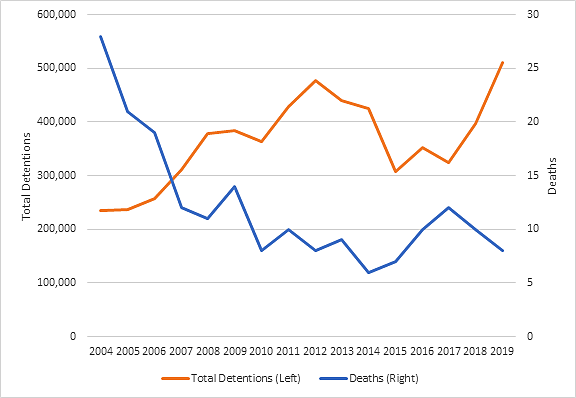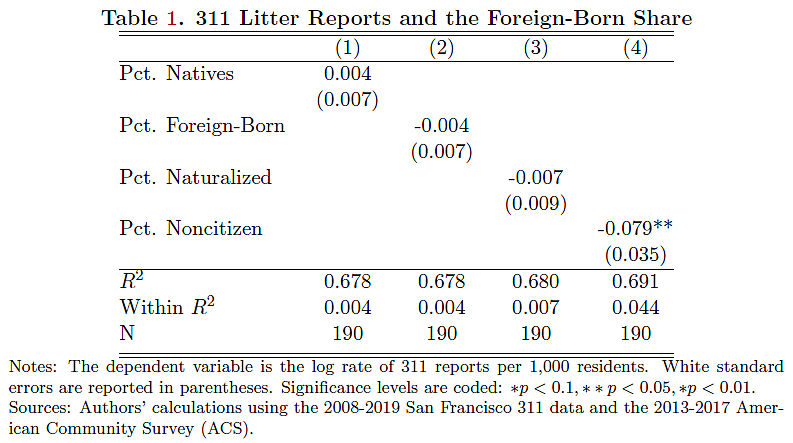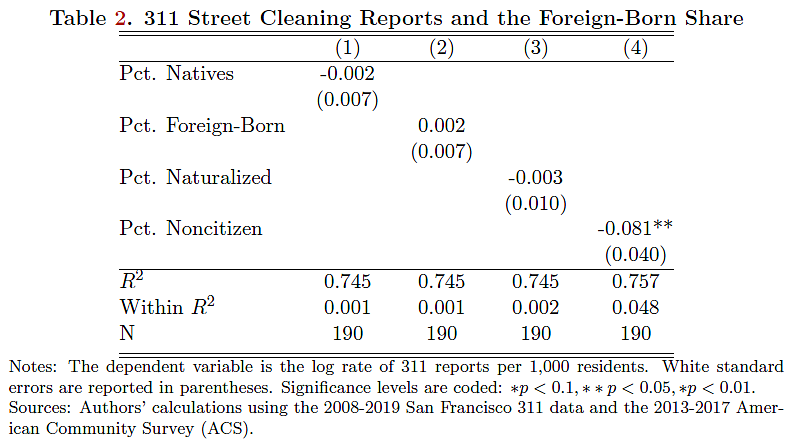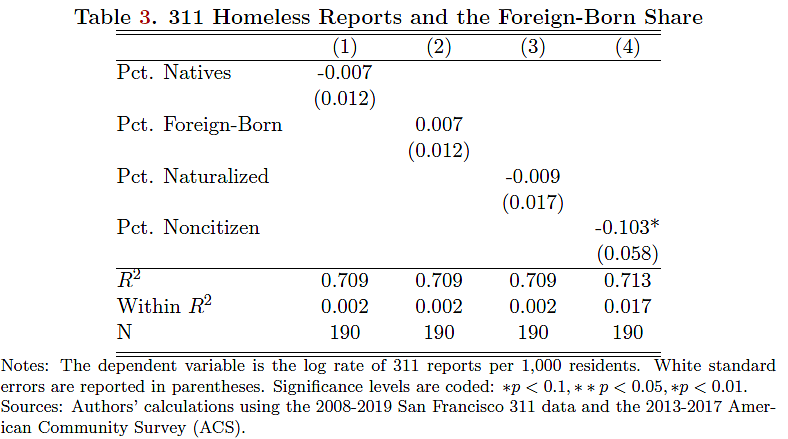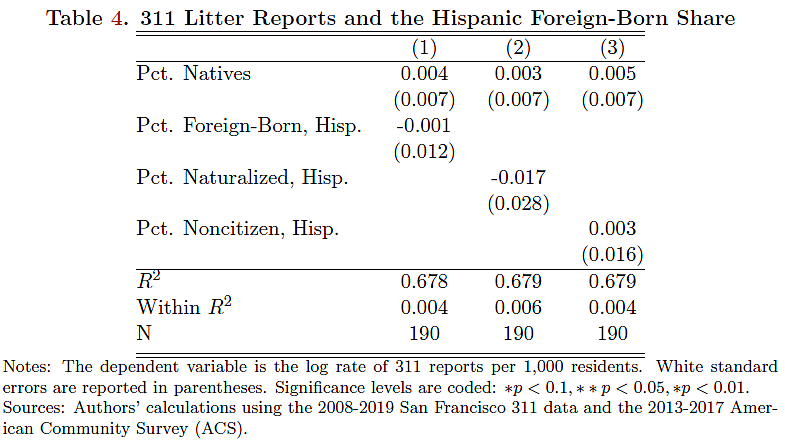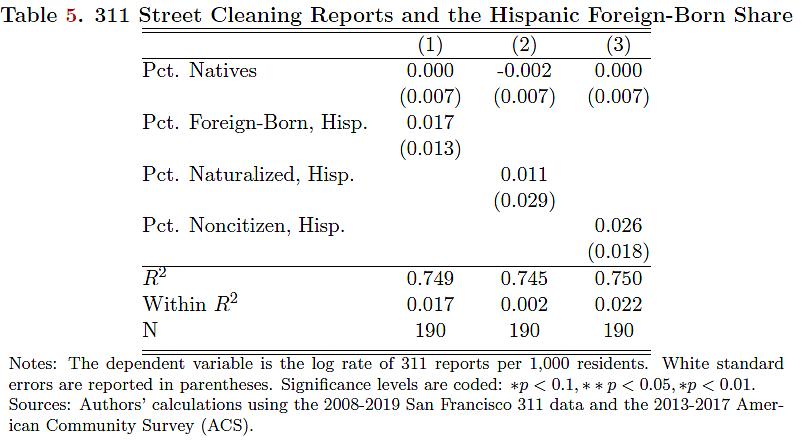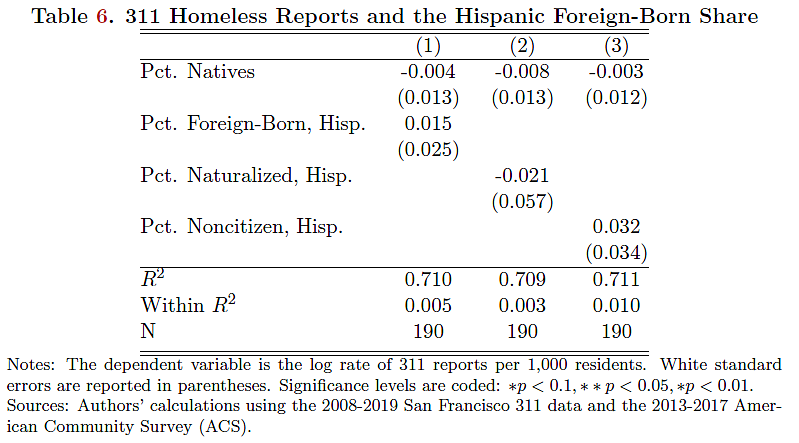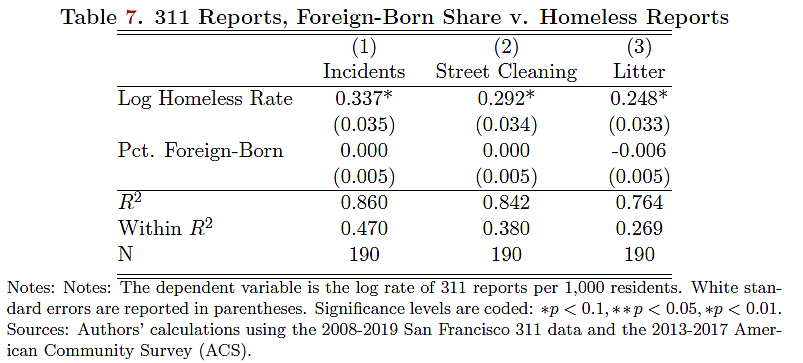The House of Representatives passed the Farm Workforce Modernization Act (H.R. 5038) last month. The House bill made some improvements to the H‑2A program, which allows farmers to hire foreign guest workers, but it incorporated into the statute the current regulatory requirement in 8 C.F.R. § 214.2(h)(5)(viii)(C)) that an H‑2A worker may not live in the United States continuously for more than 3 years. The Senate should not copy this mistake.
This provision makes no sense from an economic or security perspective. It imposes costly, needless turnover on U.S. farmers, and by forcing out workers, it unnecessarily creates many more opportunities for visa violations. These arguments actually apply even more forcefully under the bill because it expands the H‑2A program to include year-round jobs, unlike the current seasonal jobs that by their nature have a defined end date.
H‑2A Touchbacks Waste Economic Resources
The economic argument against an arbitrary time requirement is simple: losing workers who are creating economic value imposes economic inefficiencies on employers. Turnover has costs associated with lost productivity when the position is unfilled, recruiting and hiring a replacement, training the new hire, and lost productivity from the employee learning the position.
Table 1 reviews the cost of job turnover in a variety of occupations and industries. Unfortunately, I found no study estimating the cost specifically in agriculture, but the consensus across a broad range of industries is that businesses end up paying about a quarter of the person’s salary to replace them.
Table 1: Costs of Turnover in Various Occupations
| Turnover Cost Studies | Industries | Percent of Annual Wages | Average Costs | Hourly Wage | |
| 1 | Seninger, et al (2002) | Supported Living | 24% | $3,631 | $7.56 |
| 2 | Larson, et al (2004) | Direct support professionals | 17% | $4,333 | $12.45 |
| 3 | Patterson, et al. (2010) | Emergency medical | 25% | $7,926 | $15.71 |
| 4 | Hinkin & Tracey (2000) | Hotels | 29% | $13,104 | $15.95 |
| 5 | Frank (2000) | Grocery Stores | 31% | $10,848 | $17.50 |
| 6 | Dube, et al (2010) | Various | 12% | $4,563 | $18.55 |
| 7 | Jones (1990) | Nurses | 37% | $19,402 | $25.94 |
| 8 | Barnes, et al. (2007) | Teachers | 36% | $13,446 | $30.23 |
| 9 | Appelbaum & Milkman (2006) | Various | 25% | $16,461 | $32.92 |
| 10 | Wise (1990) | Nurses | 31% | $22,557 | $36.89 |
| 11 | Milanowski & Odden (2007) | Teachers | 17% | $13,969 | $41.44 |
| Median | All Above | 25% | $13,104 | $18.55 |
Sources: See Table Text
The average H‑2A worker’s annualized salary was about $25,000 in 2019. One quarter of that would be $6,500. For seasonal farms that plan to hire new crews every year, this requirement may be less of a burden, particularly since the regulations allow the workers to reenter after a 60-day departure, so seasonal workers can return home and reenter. But for year-round employers, this mandate will be much more expensive. In 2019, the State Department issued 204,000 new H‑2A visas to seasonal workers. If as many nonseasonal workers enter—which is reasonable, should Congress amend the program—simple math would indicate that the three-year restriction would cost them more than $1.3 billion annually after the 3rd year.
Of course, some might argue that this requirement forces H‑2A employers to retest again the labor market and so create jobs for U.S. workers. For seasonal employers, the employers have to test the job market every year because the jobs are inherently temporary, and the law requires the labor market test before rehiring. In any case, the Department of Labor reports that the H‑2A labor certification rarely produces any U.S. hires, and it’s worse than a neutral move because the turnover costs get passed on to consumers, which harms U.S. job creation and wages in related industries where U.S. workers are more common.
H‑2A Touchbacks Harm Security
The H‑2A touchback has no benefit for U.S. security either. Every time the law requires a legal temporary worker to return home, it creates the risk (and incentive) for a visa violation. The more required departures, the more visa overstays, and the more immigrants living illegally in the country. The touchback requirement imposes additional overstay risk in two ways: first, it forces out an existing worker, and second, it triggers the entry of a new worker who may or may not be as law-abiding as the one who exits.
The best evidence indicates that H‑2A overstays are a very small problem: less than 1 percent of the estimated overstay population had an expired H‑2A visa, according to an estimate by the Government Accountability Office (GAO) in 2012. Nonetheless, forcing legal workers out will create more overstays, and there is no reason to force out a qualified, law-abiding worker: just the opposite, there’s every reason to let them continue to work.
The original justification for the three-year regulatory requirement limit in 1987 was that a worker cannot qualify as a “nonimmigrant” (i.e. non-permanent resident) if the law didn’t require the worker to leave periodically. But this notion is antiquated given the developments in immigration law since then. There are numerous nonimmigrant designations for which there is no time-limit. Most relevantly, H‑1B visas provide for indefinite renewals if an employer sponsors them for a green card. Moreover, the workers’ status as nonimmigrants is grounded in the fact that their residence is conditional—permitted only so long as they perform agricultural labor or services in this country.
The economic, security, and legal arguments for the H‑2A touchback lack merit. The requirement actively undermines the economy and security of the country. It is not required by current law, and if Congress reforms the law, it should not require it, particularly for year-round employers. Indeed, it should remove the requirement entirely.


